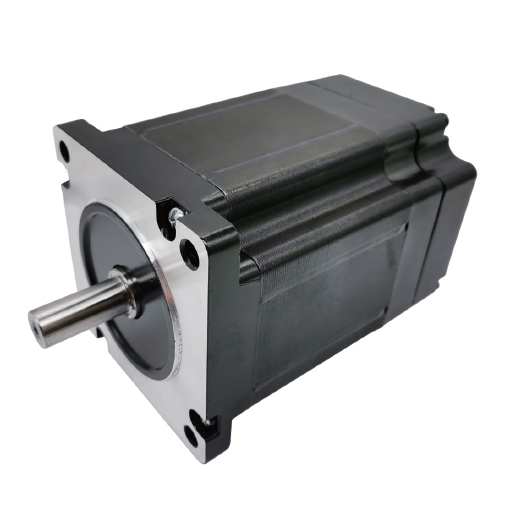42mm brushless dc motor

The development history of 48V brushless DC motor:
As early as the birth of the motor in the 19th century, the practical motor produced was a brushless form, that is, an AC squirrel cage asynchronous motor, which has been widely used;
The transistor was born in the middle of the last century, so the brushless DC motor that uses the transistor commutation circuit to replace the brush and the commutator came into being and overcomes the defects of the first generation of brushless motors.
The 48V brushless DC motor has good starting and speed regulation performance, and is often used in occasions with high requirements for starting and speed regulation.

What is the difference between a brushless DC motor and a brushed DC motor?
1. Different working principles
The working principle of the 48V brushless DC motor: the magnetized permanent magnet is stuck on the motor rotor to detect the polarity of the motor rotor, and the driver controls the start, stop and brake of the motor; controls the power tubes of the inverter bridge It can produce continuous torque; control and adjust the speed, provide protection and display, etc.
The working principle of the DC brushed motor: When the motor rotates, the carbon brush slides on the commutator to produce a rotating magnetic field that is attracted to the stationary magnetic field of the stator. The current in the armature and stator winding is supplied by the battery or other DC power source. Supply to provide a constant DC voltage to the battery (or DC power supply).
2. Different structure
The 48V brushless DC motor is composed of the motor main body and the driver. The stator windings of the motor are mostly made of three-phase symmetrical star connection, and the driver is composed of power electronics and integrated circuits.
The basic structural components of a DC brushed motor include stator, rotor, brushes and commutator. The stator and rotor magnetic fields interact to drive the motor to rotate.

View More(Total0)Comment Lists